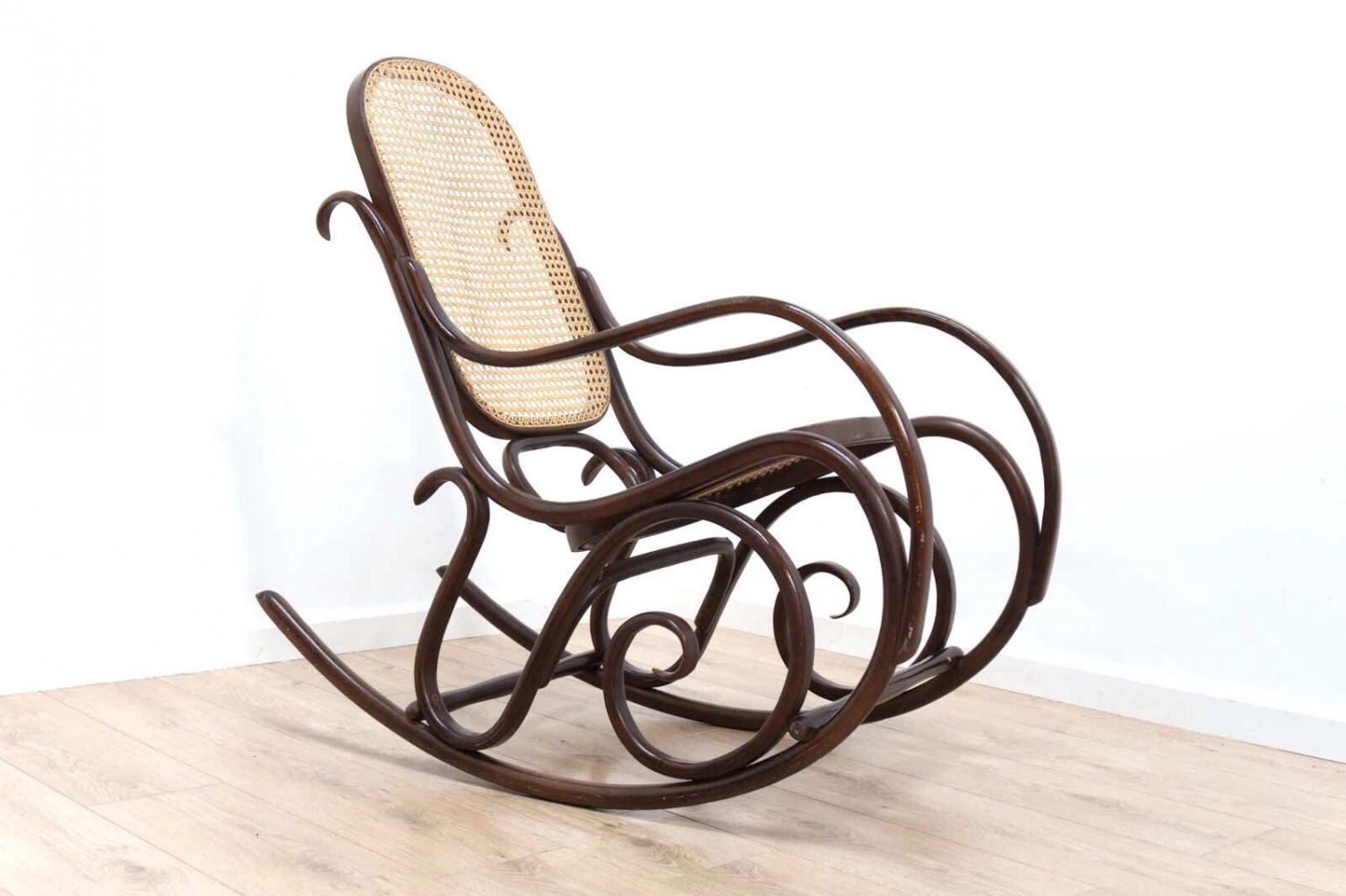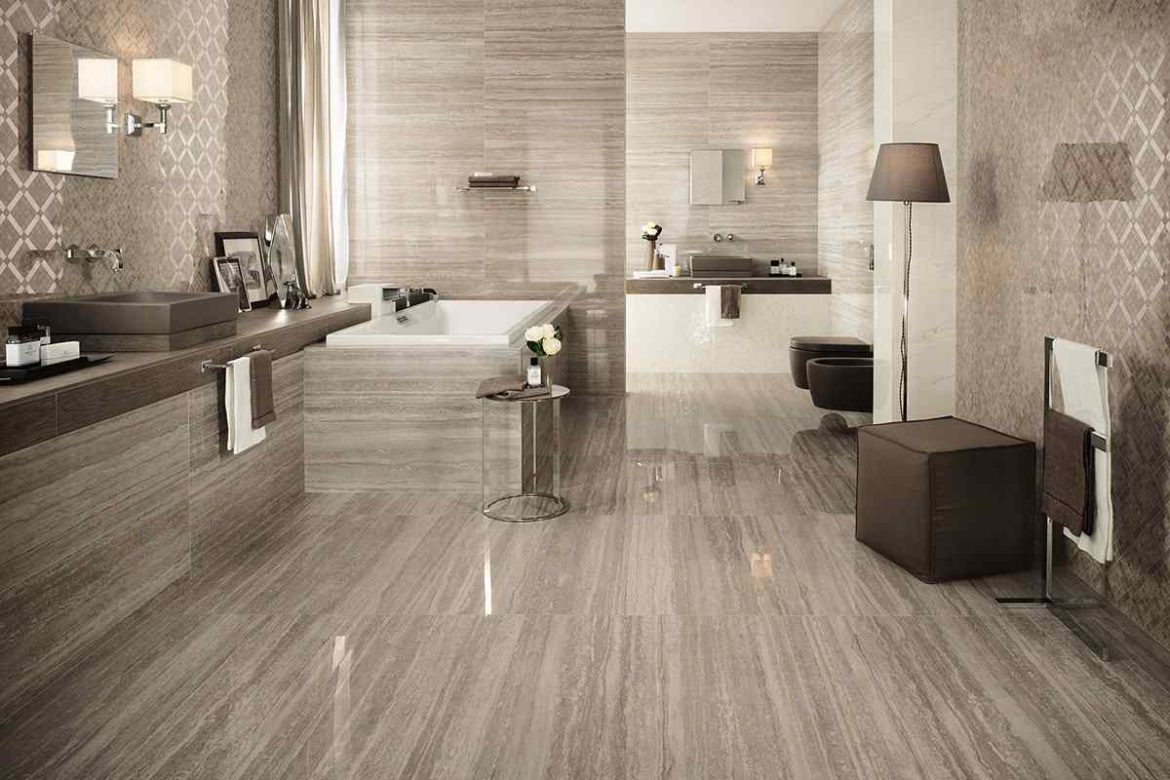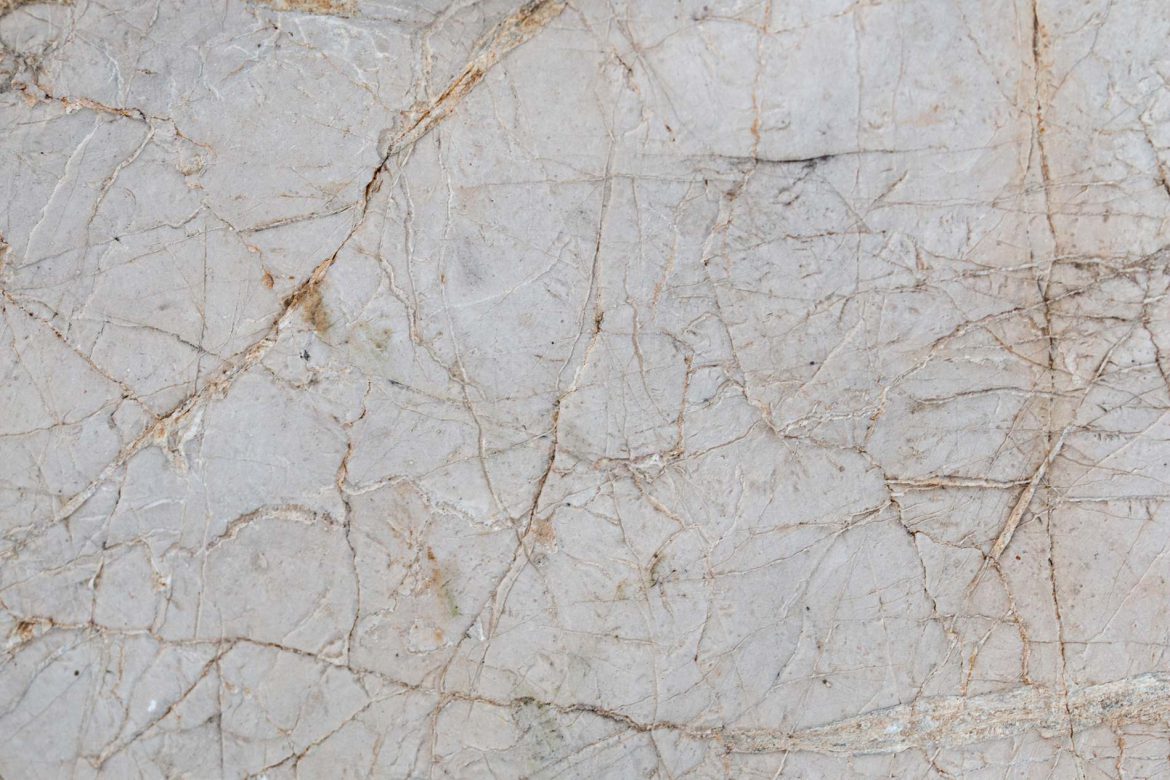ancient times
According to the available evidence, the oldest stool of Iran in the Ancient Near East region was obtained from the archaeological excavations of Cheshm Ali Hill.
This hill was located in the southeast of Tehran and in Shahreri, and the old stool in this area was found in 1936-1934 in Eric Schmidt’s excavations.
This stool dates back to the second half of the 6th millennium BC and was made with a mixture of clay, sand and straw.
The paste and cover of this stool is red and it is now kept in the National Museum of Iran in the prehistoric section.
It may be interesting to know that this stool is made in such a way that it has good resistance and strength and can easily bear human weight.
But the oldest example of a plastic chair and table in Iran is from the Elam period, which is engraved on a bead made of blue Yemenite stone.

In the role of this chair, one of the Elamite kings named Shilhak shows Shushinak donating something to his daughter.
Also, in the picture of this chair, it is clear that King Elamite is sitting on the chair and the edge of the chair support is round and turned back.
In addition, the legs of the chair are also shown in the form of an animal’s hoof.
This piece of seal and the inscription on it are related to the second millennium BC.
Iran’s Islamic period to the present day
Among the existing examples from the archaeological excavations, from the Islamic period, there is a piece of turquoise-colored terracotta chair with a molding technique, which has an arch and six legs in the shape of a lion’s torso on each side of its facade. This piece, which belongs to the 6th century AH, has a height of 25.5 cm and a diameter of 24.3 cm, and was obtained from Gorgan province.
If you have read the Shahnameh, you have probably seen that Ferdowsi’s epic stories are depicted on its pages, and there are many examples of chairs, furniture and even beds used by courtiers in these pictures.
These images are often related to the Islamic era, and the remaining examples show different techniques of beds and chairs.
For example, in some of the pictures, examples of chairs can be seen, which are decorated by the art of inlay and mosaic.
This is one of the examples of the history of chairs in the Islamic period of Iran until the modern era.











Your comment submitted.